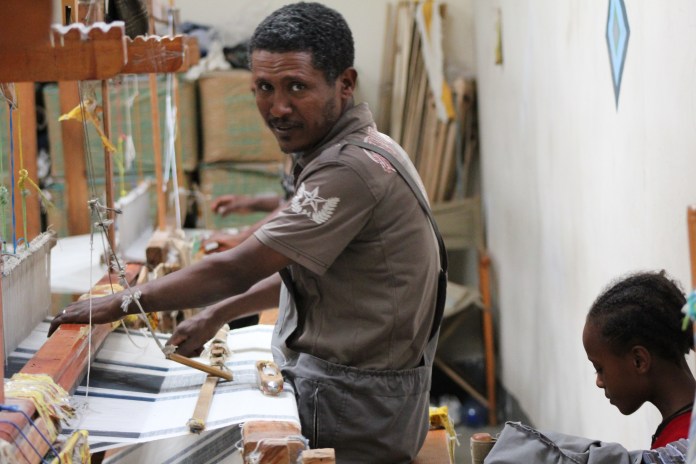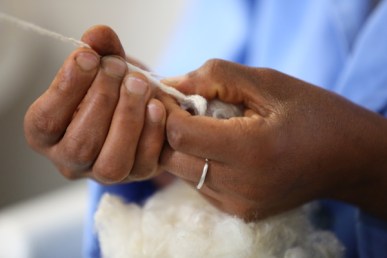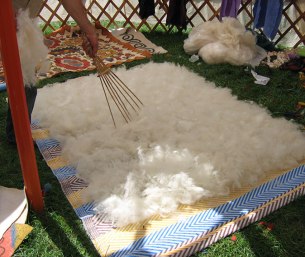Uncategorized
How Ethiopian hand woven are made
Spinning was learned and practiced by most social classes in Ethiopia and was considered a fashionable and appropriate activity for noblewomen well into the 20th century. Clothing defined rank and status in this complex hierarchical society throughout Ethiopia’s history. Guilds of specialist weavers, embroiderers and tailors worked for religious and political elites. One of the most significant garments in Ethiopia’s cultural history is the white cotton shamma, a toga-like shawl worn by both men and women that was made in several types. A lightweight shawl worn by women over a kemis (dress) sometimes had a red border indicating rank and status. The shamma, made in two heavier weights, was worn by men, used as a blanket and even as shrouds for the dead. The manner of wearing the shamma could communicate mood, attitude and intention.



